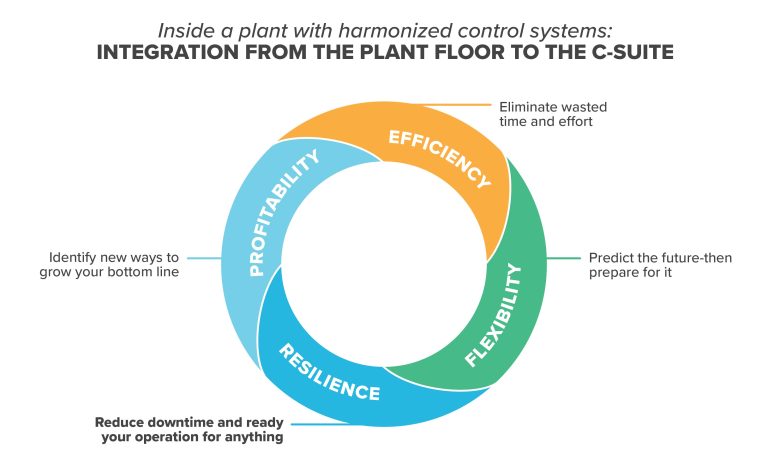The Typical Process Control System Integrators Follow When Performing a Site Assessment
When it comes to ensuring smooth and efficient operations, a site assessment is a critical first step for any controls integrator. Control system integrators perform these assessments to understand the current setup, identify potential issues, and recommend improvements. This process is not just about gathering information; it’s about setting the foundation for a reliable and optimized control system that meets a facility’s unique needs. Here’s a look at the typical steps control system integrators follow during a site assessment.
Gathering Initial Data and Reviewing Existing System Documentation
The first step in any site assessment is gathering all the necessary data. A controls integrator will start by requesting existing documentation related to the facility’s control systems. This might include system architecture diagrams, user manuals, maintenance records, and historical performance data. Reviewing this information gives the integrator an understanding of the current system and how it’s been maintained over time.
Once the initial data is gathered, the control system integrator will evaluate it to identify any inconsistencies or outdated components. This early stage helps to spot immediate red flags that could hinder performance or increase operational risks. By understanding the existing system’s history and current functionality, the integrator can better plan for the next steps in the assessment.
Conducting On-site Walkthroughs to Assess Current Infrastructure
After the documentation review, it’s time for the controls integrator to get hands-on by conducting an on-site walkthrough. This is where the integrator can physically inspect the infrastructure and control systems in place. By seeing the equipment firsthand, they can assess the condition of the hardware, wiring, and any connected devices that play a role in the overall system.
The on-site walkthrough provides valuable insights that might not be apparent from the documentation alone. It allows the integrator to note any wear and tear, improper installations, or components that may not be functioning as intended. This stage is crucial because it reveals real-world conditions that impact the system’s efficiency and reliability.
Mapping out Control System Architecture and Connections
Once the physical inspection is complete, the integrator will map out the control system architecture. This involves documenting how different components of the system are connected and how information flows between them. Control integration can become quite complex, especially in large facilities, and this step helps the integrator visualize the system’s structure.
During this phase, the controls integrator will assess the communication between devices, including sensors, controllers, and networking equipment. They will look for any inefficiencies or potential bottlenecks in the system. Mapping out the architecture allows the integrator to identify areas where upgrades or optimizations may be necessary to improve overall system performance.
Analyzing Energy Consumption and Resource Usage Patterns
Energy efficiency is a key concern in any industrial or commercial facility. A control system integrator will analyze the facility’s energy consumption patterns during the site assessment. This involves looking at how the control system manages energy usage, identifying peak consumption times, and pinpointing any areas where energy might be wasted.
By analyzing energy data, the integrator can recommend strategies to optimize resource usage. This could include adjusting control settings, upgrading equipment, or integrating new technologies that allow for better energy management. Reducing energy consumption not only lowers operational costs but also contributes to sustainability goals, making this step a valuable part of the assessment process.
Documenting Environmental Conditions That May Impact System Performance
Environmental factors play a significant role in how well a control system functions. During the assessment, the integrator will take note of the environmental conditions in the facility. This could include temperature fluctuations, humidity levels, dust, or vibration that might affect sensitive control equipment.
By documenting these conditions, the control system integrator can assess whether the current system is adequately protected or if additional measures are needed. Environmental challenges, such as high heat or moisture, can lead to premature equipment failure if not properly addressed. Understanding these factors ensures that the system is robust enough to perform reliably in its environment.
Providing a Detailed Report with Recommendations for System Improvements and Upgrades
The final step of the site assessment is compiling all the findings into a detailed report. This report includes an overview of the current system, identified issues, and recommendations for improvements or upgrades. The goal is to provide a clear path forward that enhances system performance, reduces risks, and increases overall efficiency.
In the report, the control system integrator will outline specific actions that should be taken, whether that involves upgrading outdated components, improving communication between devices, or addressing environmental challenges. This thorough documentation helps the facility’s management team make informed decisions on how to proceed with system enhancements, ensuring long-term operational success.





